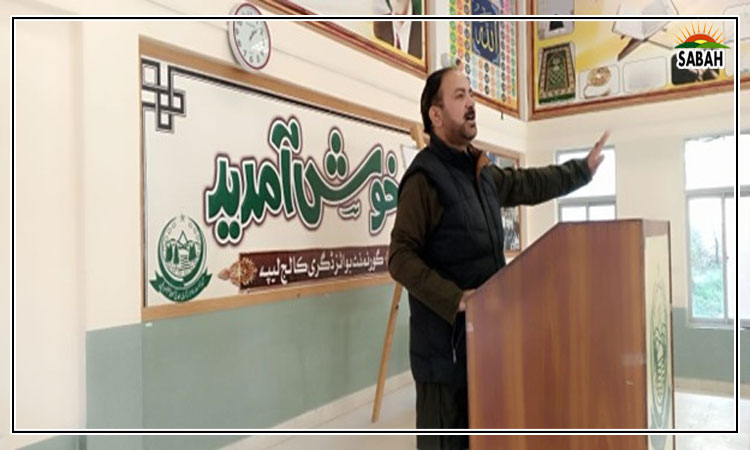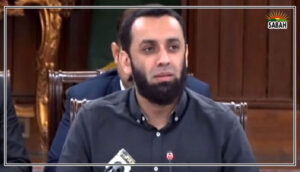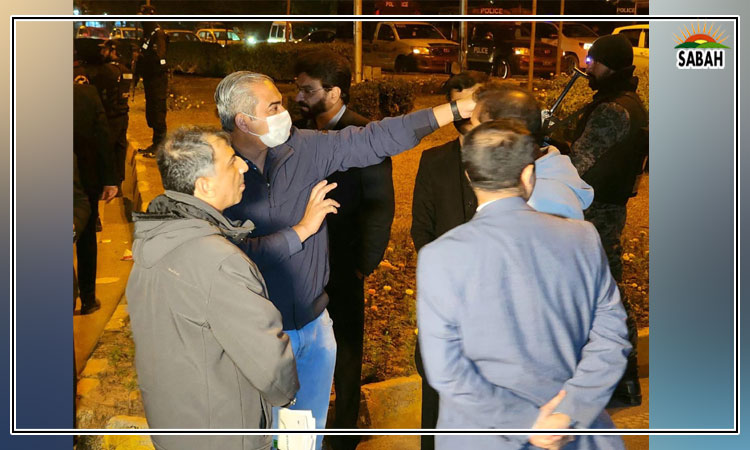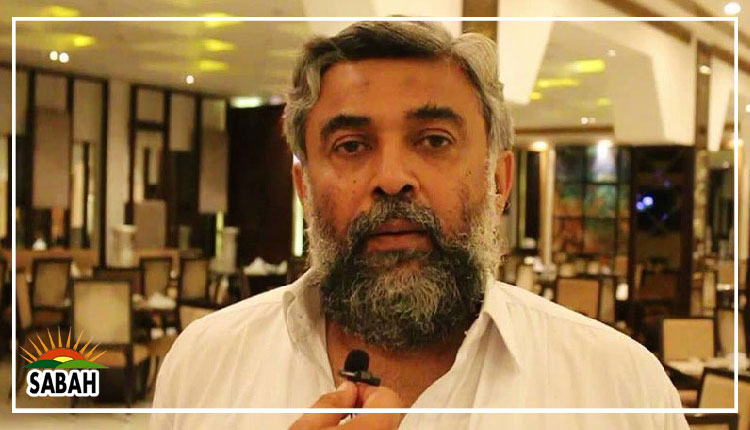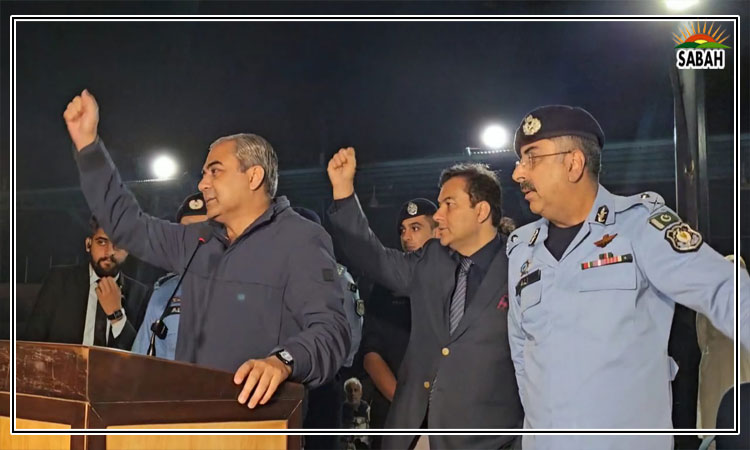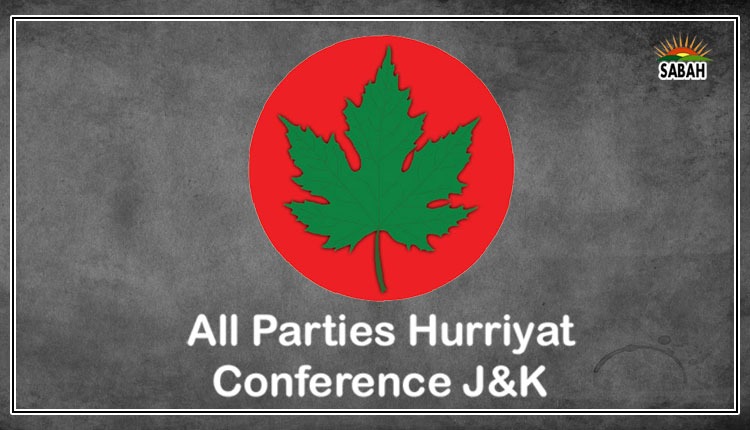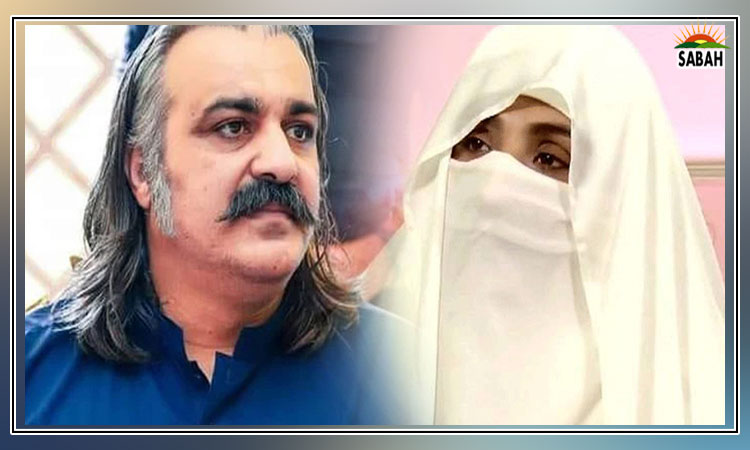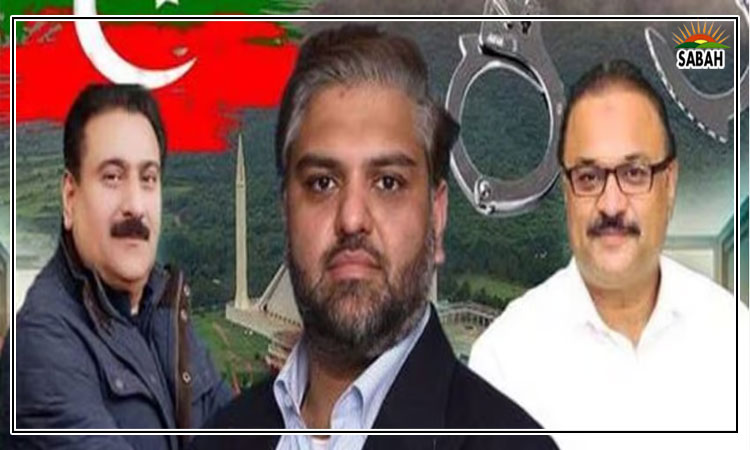Will the leopard change its spots?…Hussain H Zaidi
After the inauguration of Narendra Modis third term as Indias premier, the key question doing the rounds is whether his reduced parliamentary strength will author a noticeable change in the style and substance of his governance.
In both 2014 and 2019, Modis Bharatiya Janata Party (BJP) returned with a clear majority and faced a divided and battered opposition, so weak that for 10 years, it couldnt elect an opposition leader, as no party met the mandatory criterion of having at least 10 per cent of the seats in the 543-member Lok Sabha.
The National Democratic Alliance (NDA), of which the BJP is the leading constituent, won 336 seats in 2014 and 351 in 2019, giving it a comfortable majority (close to the two-thirds majority of 362) in the Lok Sabha. As a result, the ruling coalition was able to push the desired legislation, both ordinary and constitutional, through parliament without much ado.
But now the scenario has changed. Having won only 240 seats in 2024, the BJP falls well short of a simple majority of 272. This means that for the first time, Prime Minister Modi is presiding over a minority government and is compelled to form a coalition with other NDA parties. The total parliamentary strength of the NDA is 293, well past the 272 mark, but well short of having a two-thirds majority.
Not only this, but for the first time in 10 years, the opposition has a leader in Rahul Gandhi, Modis rival-in-chief.
The NDA isnt an electoral alliance in the strict sense of the word, as the constituent parties did not go to the polls under a common symbol. Nor is its opponent, the Indian National Development Inclusive Alliance (INDIA). This means that in both cases, the constituents are free to chart their way.
This augurs both well and badly for the BJP. It can entice some opposition MPs to bolster its strength; it may also lose support from some NDA members, which may bring the government down.
India, including the BJP, does not have a good experience with minority governments. In 1996, BJP leader Atal Bihari Vajpayee resigned within two weeks of being sworn in as premier, as he was not able to secure the mandatory vote of confidence in the Lok Sabha. In the 1989 elections, the ruling Congress emerged as the single largest party but fell well short of a majority, as the BJP has done in 2024. But Prime Minister Rajiv Gandhi preferred to quit instead of trying to form a minority government. No doubt, Modi and Gandhi are as similar as chalk and cheese.
Evidently, Modi is in a much better position than Vajpayee was in 1996, and there is no way he will not be able to secure a vote of confidence. His NDA partners will continue to support him as long as they are kept happy. Modi has already given five cabinet slots to them. Nor will the opposition be keen to de-seat him.
Given INDIAs large and varied composition, its government, granted that it can get the numbers, will be susceptible to falling apart at the drop of a hat. Modi also holds the trump card that every prime minister holds in parliamentary democracy: if pushed to the wall, he can have the house dissolved at will and seek a fresh mandate.
The question thus is not whether Modi will survive but whether he can govern the way he is used to governing with abandon. Another question is whether he will continue with his divisive policies, which have drawn clear-cut cleavages between the ultra-rich and those at the middle and bottom of the economic heap and between the majority and minority communities.
Politics is a mind game. When one is in a commanding position, everyone, including oneself, ones allies and rivals and other stakeholders, such as the courts and the media, is aware of this. The sense of untrammelled power often brings with it veritable arrogance and disdain for others.
As a rule, courts hesitate to shoot down a law piloted by and even otherwise be on the wrong side of a government commanding an absolute majority. This is perhaps the reason why the Supreme Court of India upheld the change in the status of Jammu and Kashmir, Indias sole Muslim-majority state, introduced by the Modi government in August 2019.
Many independent observers believe that the court did not address the systemic issues raised by the petitioners. The apex courts November 2019 decision in the Babri Masjid-Ram Mandir case is also a case in point. It is the other way around when one slips on the power curve.
Modi, like Imran Khan and Donald Trump, is a cult figure. Such leaders owe their popularity in large measures to their blustering style, uncompromising attitude, and larger-than-life image. Should they offer an olive branch to the other side, or even behave in a mellow manner, their followers will interpret it as a sign of weakness.
At the same time, Modi has risen in the ranks by dint of hard work and shrewdness. Such people are pragmatists and can blow hot or cold according to the circumstances. This will likely place Modi in a dilemma, as his cult leader status and pragmatism will pull him in opposite directions.
By way of resolving the dilemma, he may appear tough and uncompromising on camera, while being willing to give in off-camera when necessary. In Modis new cabinet, the core cabinet members have retained their positions. So has the powerful Lok Sabha speaker Om Birla. This sends out the message that despite losing the majority, Modi remains fully in control as ever.
Over the years, the BJP has rewarded mega industrialists, who have duly reciprocated by contributing generously to the party. The BJPs growth model, which ironically it inherited from the Manmohan Singh-led Congress government (2004-14), has made India one of the fastest-growing economies, which also has one of the highest levels of inequality, in the world.
Not only that, Big Business bankrolls the corporate media, which sings Modis praises day in, and day out. It was the corporate media, whose exit polls had given the BJP an absolute majority in the recent elections, which turned out to be a hoax. Should Modi go for a more egalitarian growth model, it will not only alienate his supporters from the corporate world and the media that they control, it may also slow down the economy for at least a few years.
Neither of the likely outcomes will be acceptable to Modi. Hence, he is likely to persist with his trickle-down growth model mixed with some cosmetic measures, such as subsidizing low-income households.
Divisive politics is a kiss of death for a diverse polity. But for the BJP, religious plurality has historically been a source of weakness in Hindu-majority India, making it susceptible to foreign domination at the hands of first Muslims and then Europeans. The only way to rejuvenate India then is to put in place a monolithic society with total Hindu dominance.
It is this narrative that enabled the BJP to expand, capture the states and finally take New Delhi by storm. Should it depart from this narrative, it may find the ground on which its edifice rests slip. Such seismic change will hardly be viable for any populist political party.
While Modi will govern the way he and his party deem fit, the role of a rejuvenated opposition, with the Congress at its head, will also be important. Since his Bharat Jodo Yatra, (Unite India March), Rahul Gandhi has earned nationwide respect, not as a scion of the Nehru-Gandhi dynasty but in his own right. If he can keep the opposition united and make it speak with one voice, an effective bulwark can be put in place against the BJPs majoritarianism.
Courtesy The News


